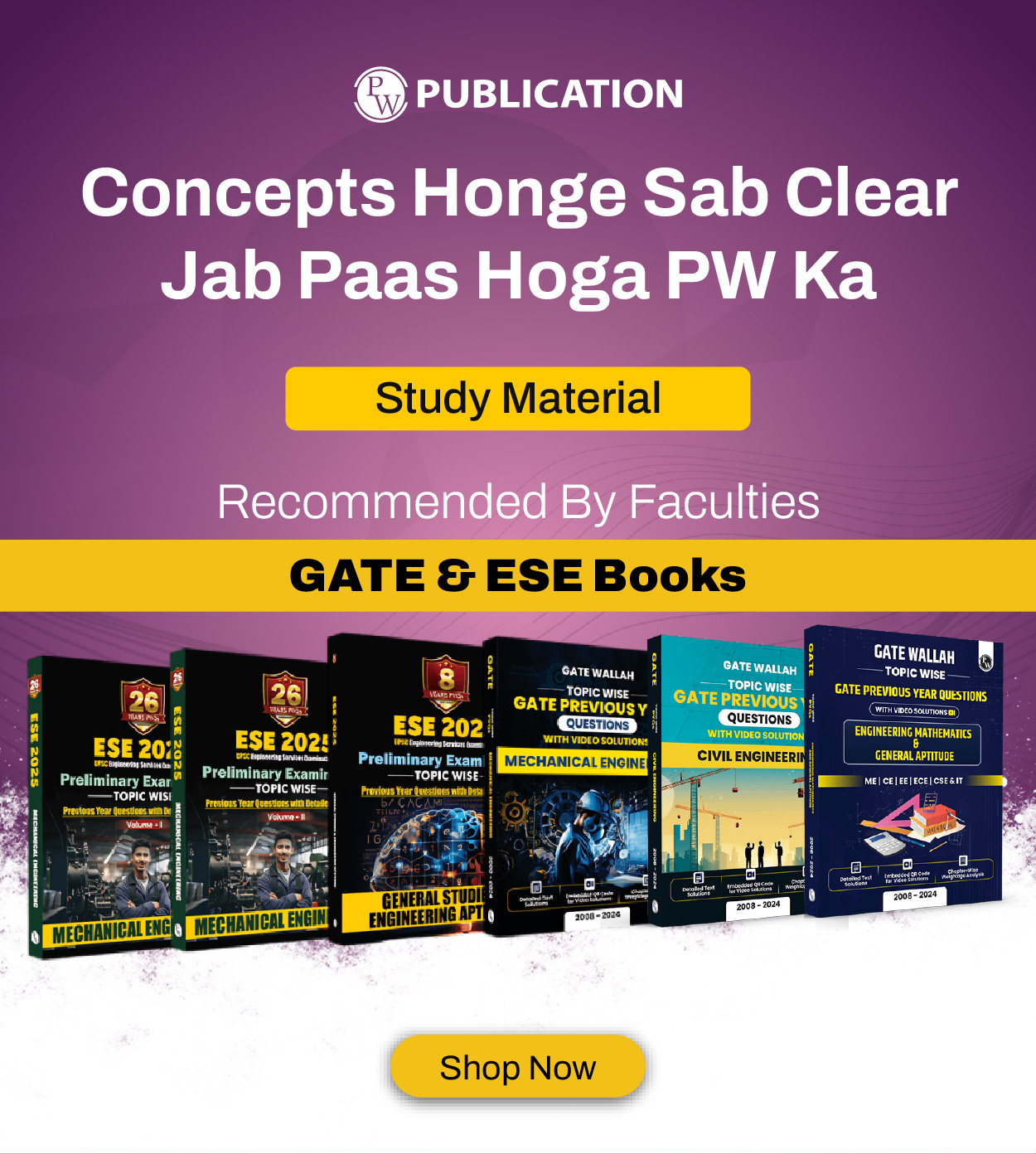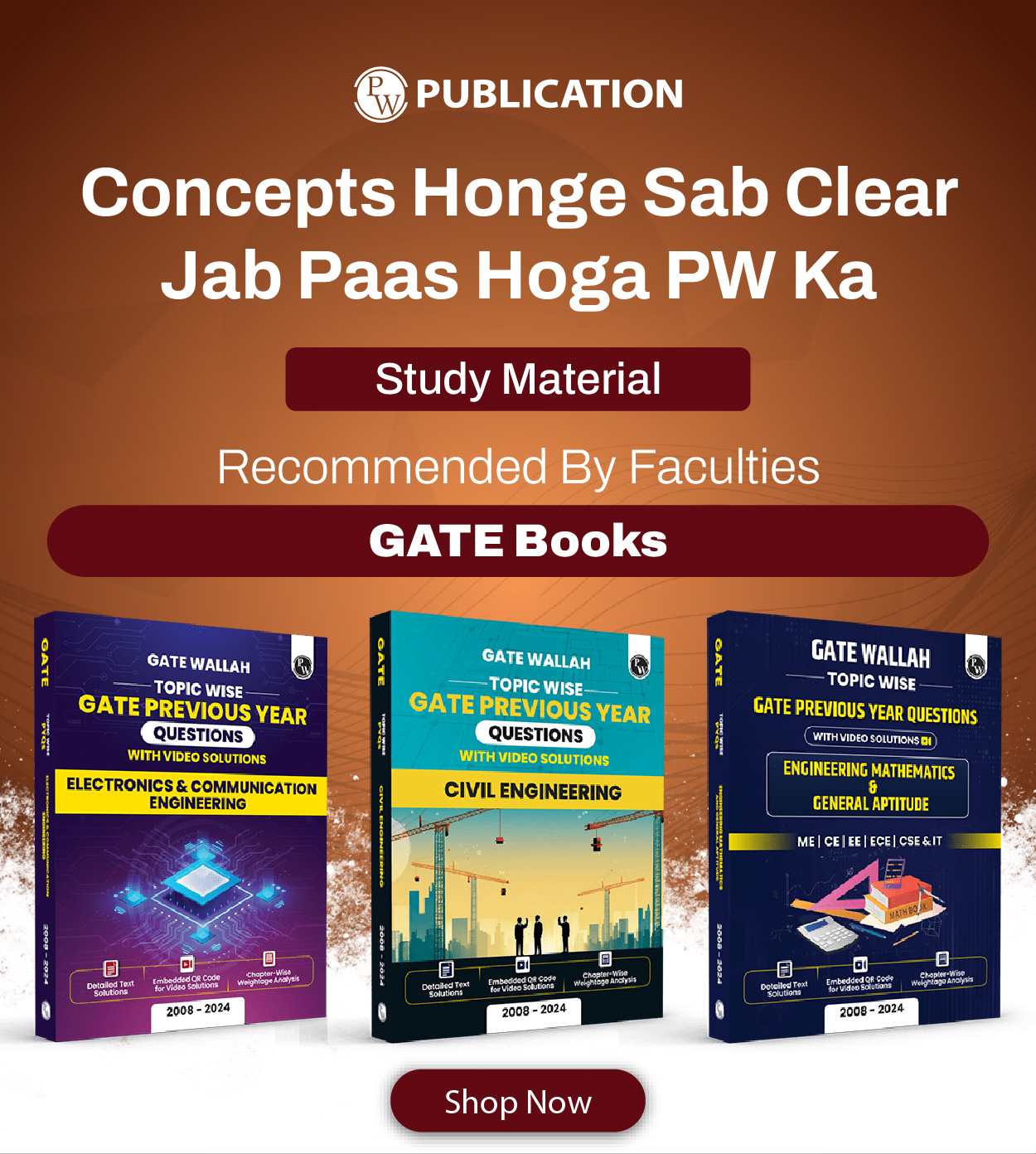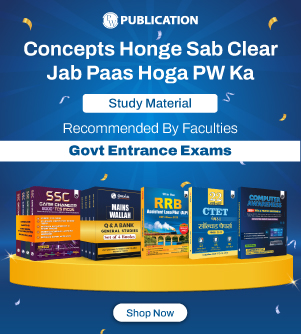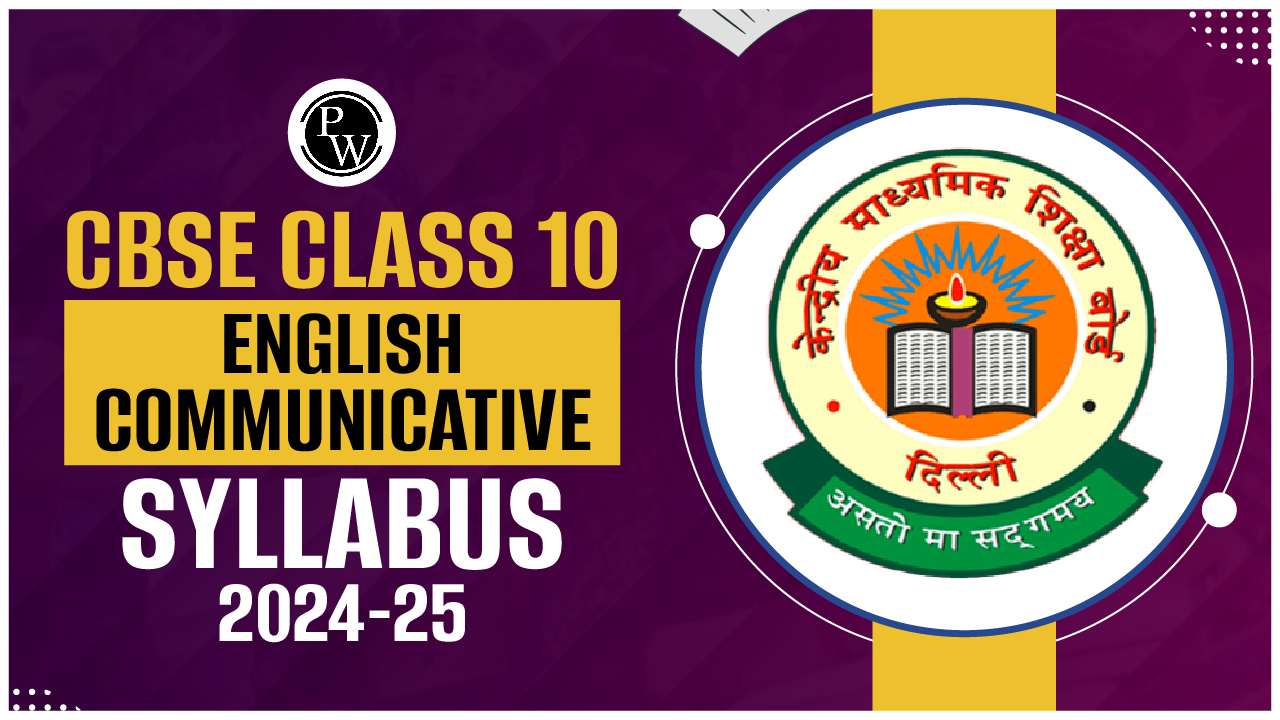UPSC ESE Syllabus and Exam Pattern
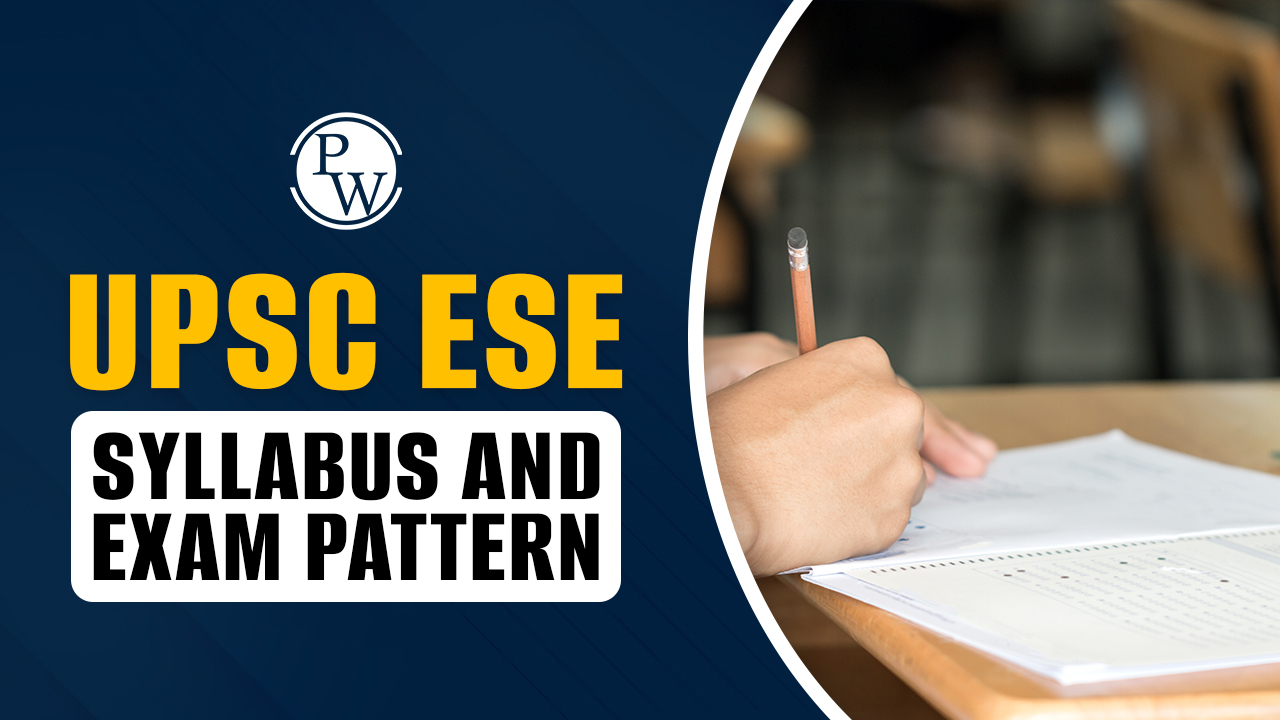
If you're preparing for the UPSC Engineering Services Examination (ESE), also known as IES, you likely need to know the UPSC ESE syllabus, ESE exam pattern, or UPSC ESE 2025 syllabus. This exam opens doors to top engineering jobs in various government departments. We break it down for you UPSC ESE syllabus and exam pattern. The exam conducts the Engineering Services Examination every year. People also call it IES (Indian Engineering Services).
Check Out: ESE Books
Learn ESE Exam Pattern
The ESE exam pattern has three main stages. Each stage tests different skills of the candidates. To clear the UPSC ESE exam, candidates must pass through three stages:
1. Preliminary Exam (Stage-I)
This stage has two papers, both held on the same day.
-
Paper-I: General Studies and Engineering Aptitude
-
Marks: 200
-
Time: 2 hours
Covers general knowledge, reasoning, current issues, and basic engineering concepts.
-
Paper-II: Technical Paper Based on Your Engineering Discipline
-
Marks: 300
-
Time: 3 hours
Questions are based on your chosen stream (Civil, Mechanical, Electrical, or Electronics).
-
Total Marks in Prelims: 500
-
Question Type: Objective (MCQs)
Negative Marking: Yes. 1/3rd marks are cut for every wrong answer.
The total marks for the preliminary exam are 500. Both papers use objective-type questions. There is negative marking for wrong answers.
2. Main Exam (Stage-II)
Only those who qualify in the prelims can take this stage.
Paper-I (Conventional): Based on engineering discipline
-
Marks: 300
-
Time: 3 hours
-
Paper-II (Conventional): Continuation of technical subjects
-
Marks: 300
-
Time: 3 hours
-
Total Marks in Mains: 600
-
Question Type: Descriptive (Write long answers)
-
Medium: English only
The total marks for the main exam are 600. These papers need detailed written answers.
3. Personality Test (Stage-III)
Also known as the Interview Round.
-
Marks: 200
This round tests your communication, decision-making, personality, and awareness
Check Out: GATE & ESE Books
UPSC ESE Syllabus 2025: What to Study
Let’s now understand the UPSC ESE syllabus in a clear and structured way. The IES syllabus is divided into:
-
General Studies & Engineering Aptitude (common to all branches)
-
Technical Subjects (based on your stream)
General Studies & Engineering Aptitude (Paper-I of Prelims)
This section is common to all candidates, regardless of engineering branch.
-
Key Topics in ESE Syllabus (GS Paper)
-
Current issues (national and international)
-
Engineering aptitude (logical reasoning, basic math)
-
Engineering ethics (values, responsibility)
-
Project management (basic tools and methods)
-
Material science basics
-
Environmental science (climate change, energy)
-
ICT tools (technology in engineering)
-
Drawing & safety basics
-
Quality control and standards
This paper needs a wide awareness of both technical and non-technical topics.
Technical Syllabus for Engineering Disciplines
The UPSC ESE 2025 syllabus has different content for different branches. Below is a short look at the important topics.
-
Civil Engineering
Paper-I (Prelims + Mains)
-
Building Materials
-
Structural Analysis
-
Solid Mechanics
-
Design of Steel Structures
-
Design of Concrete and Masonry Structures
-
Construction Practice & Management
Paper-II (Only Mains)
-
Fluid Mechanics
-
Hydrology
-
Water Resources Engineering
-
Environmental Engineering
-
Geotechnical Engineering (Soil Mechanics)
-
Surveying
-
Transportation Engineering
-
Mechanical Engineering
Paper-I
-
Thermodynamics
-
Heat Transfer
-
Fluid Mechanics
-
Internal Combustion Engines
-
Power Plant Engineering
Paper-II
-
Strength of Materials
-
Theory of Machines
-
Manufacturing Science
-
Industrial Engineering
-
Mechatronics and Robotics
Check Out: UPSC ESE Civil Engineering Previous Years Solved Questions
Electrical Engineering
Paper-I
-
Circuit Theory
-
Control Systems
-
Signals and Systems
-
Electrical Machines
-
Power Systems
Paper-II
-
Analog & Digital Electronics
-
Power Electronics
-
Electrical & Electronic Measurements
-
Microprocessors
-
Renewable Energy System
Check Out: UPSC ESE Electrical Engineering Previous Years Solved Questions
Electronics & Telecommunication
Paper-I
-
Networks
-
Control Systems
-
Signals and Systems
-
Communications
-
Electromagnetics
Paper-II
-
Electronic Devices
-
Digital Circuits
-
Analog Circuits
-
Microprocessors
-
Computer
Check Out: UPSC ESE Electronics & Telecommunication Engineering Previous Years Solved Questions
Civil Engineering Syllabus Details
Paper 1 Topics:
Building Materials
-
Types of construction materials
-
Properties and testing methods
-
Quality control measures
-
New building materials
Solid Mechanics
-
Stress and strain analysis
-
Beam theory and applications
-
Column design principles
-
Structural stability
Structural Analysis
-
Method of analysis
-
Influence lines
-
Deflection calculations
-
Indeterminate structures
Steel Structure Design
-
Working stress method
-
Design of tension members
-
Compression member design
-
Beam and girder design
-
Roof structure design
Concrete and Masonry Design
-
Concrete mix design
-
Reinforced concrete structures
-
Prestressed concrete
-
Masonry construction
Construction Management
-
Planning techniques
-
Project scheduling
-
Cost estimation
-
Quality control
Paper 2 Topics:
Fluid Mechanics
-
Flow properties and behavior
-
Hydraulic machines
-
Pumps and turbines
-
Hydropower systems
Water Resources
-
Hydrology principles
-
Water resource planning
-
Irrigation engineering
-
Dam engineering
Environmental Engineering
-
Water supply systems
-
Wastewater treatment
-
Air pollution control
-
Solid waste management
Geotechnical Engineering
-
Soil properties and testing
-
Foundation design
-
Slope stability analysis
-
Earth pressure theory
Surveying
-
Measurement techniques
-
Modern surveying instruments
-
GPS technology
-
Photogrammetry methods
Transportation Engineering
-
Highway design
-
Traffic engineering
-
Railway engineering
-
Airport planning
Also Check, GATE Books
Important Features of the ESE Exam Pattern
Negative Marking Rules
The preliminary exam has negative marking. Here are the rules:
-
Wrong answers lose 1/3 of the question marks
-
Multiple answers count as wrong
-
No penalty for blank answers
-
Students should guess carefully
Qualifying Marks
Students must score minimum marks to move to the next stage. The exact cut-off marks change every year based on the difficulty level and number of candidates.
Final Merit List
The final selection depends on marks from:
-
Main exam: 600 marks
-
Interview: 200 marks
-
Total: 800 marks
The preliminary exam is only for qualifying. Its marks don't count in the final merit list.
How to Prepare Using the UPSC ESE Syllabus
Step 1: Know the Complete Syllabus
Read the entire syllabus carefully. Make a list of all topics. This helps in planning your study schedule.
Step 2: Differentiate Topics by Difficulty
Some topics are easier than others. Start with easier topics to build confidence. Then move to harder topics gradually.
Step 3: Make a Study Plan
Create a realistic study plan. Give more time to important topics. Keep time for revision and practice tests.
Step 4: Practice Previous Year Questions
Solve the previous year's question papers. This helps understand the exam pattern and question types.
Read More: UPSC ESE 2025 Preparation Books
Tips for Success in the ESE Exam
Focus on Basics
Strong basics are very important. Don't skip fundamental concepts. They form the base for advanced topics.
Regular Practice
Practice numerical problems regularly. Engineering subjects need lots of problem-solving practice.
Time Management
Learn to manage time well. Both in study and during the actual exam. Practice with time limits.
Stay Updated
Keep up with current affairs. Read newspapers and magazines regularly. This helps in the general studies section.
Changes in UPSC ESE 2025 Syllabus
The basic structure remains the same. However, there might be small updates. Check the official notification for any changes. Stay informed with the latest updates from the UPSC.
Career Opportunities After ESE
Success in the ESE exam leads to excellent career opportunities:
-
Indian Railway Service of Engineers
-
Indian Defense Service of Engineers
-
Central Engineering Services
-
Various PSU positions
-
State government engineering services
The UPSC ESE exam is challenging but achievable with proper preparation. Understanding the complete exam pattern and syllabus is the first step. Make a good study plan and stick to it. Practice regularly and stay motivated. Remember that success takes time and effort. Don't get discouraged by initial difficulties. With consistent hard work and smart study methods, you can clear this exam. The engineering services offer a stable and respectable career. The work involves nation-building activities. It's a great opportunity to serve the country while having a secure future.
UPSC ESE Syllabus FAQs
1. What is the difference between ESE and IES?
ESE stands for Engineering Services Examination while IES means Indian Engineering Services. Both terms refer to the same exam conducted by UPSC. The exam was earlier called IES but is now officially known as ESE.
2. What is the ESE exam pattern for 2025?
The ESE exam pattern 2025 has three stages: Preliminary exam (500 marks), Main exam (600 marks), and Interview (200 marks). The preliminary exam has two papers while the main exam \also has two papers.
3. Is there negative marking in the ESE exam?
Yes, there is negative marking only in the preliminary exam. For each wrong answer, one-third of the marks assigned to that question are deducted. There is no negative marking in the main exam.
4. Can I change my engineering branch after applying for ESE?
No, you cannot change your engineering discipline after submitting the application form. Choose your branch carefully as per your graduation degree.
